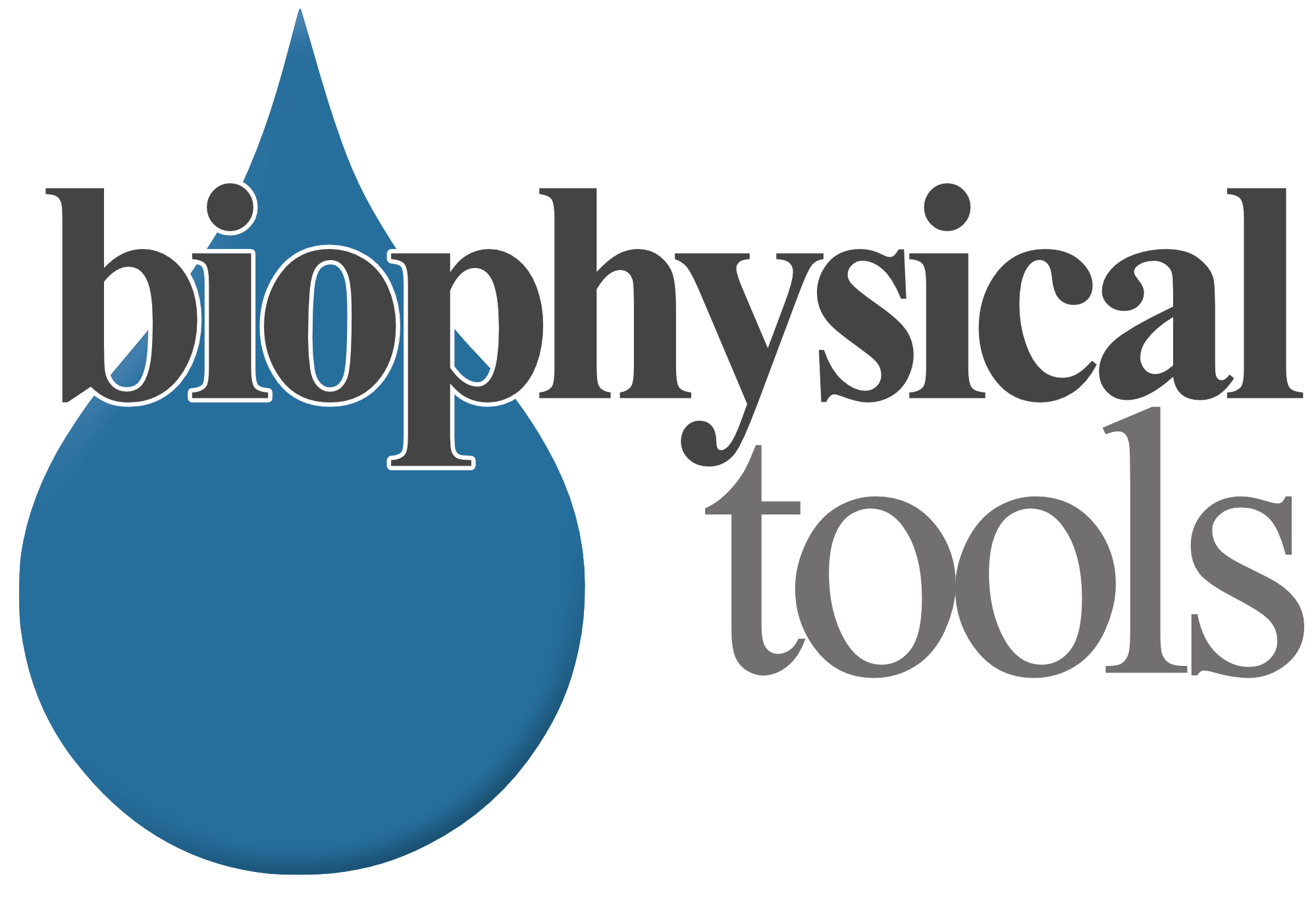Day 12
Droplet Generation with a Simple T-connector and Pressure-driven Flow Control
The Droplet Microfluidics, also called Digital Microfluidics, got very popular within the last decade. Droplets are typically used as bioreactors in biological applications. To produce them, usually two phases are used – aqueous and oily phase. As mostly the bioreactors in biological applications represent the aqueous phase, various oils can be used as carrier fluid in the microchannel.
Depending on the application and the used flow control approach, different chip geometries can be utilised. While using syringe pumps, continuous flow is typically applied in two channels. Often a meander is necessary to stabilise the flow. When a pressure-driven flow control is chosen, it is sufficient to use just a Y-shaped microfluidic chip or a cross-connector. A meander would be rather disadvantageous. Furthermore, with the pressure-driven flow control you do not have to rely only on the hydrodynamical surface instability (= continuous flow) to generate droplets, but you can also use fast pulses to produce droplets on demand.
